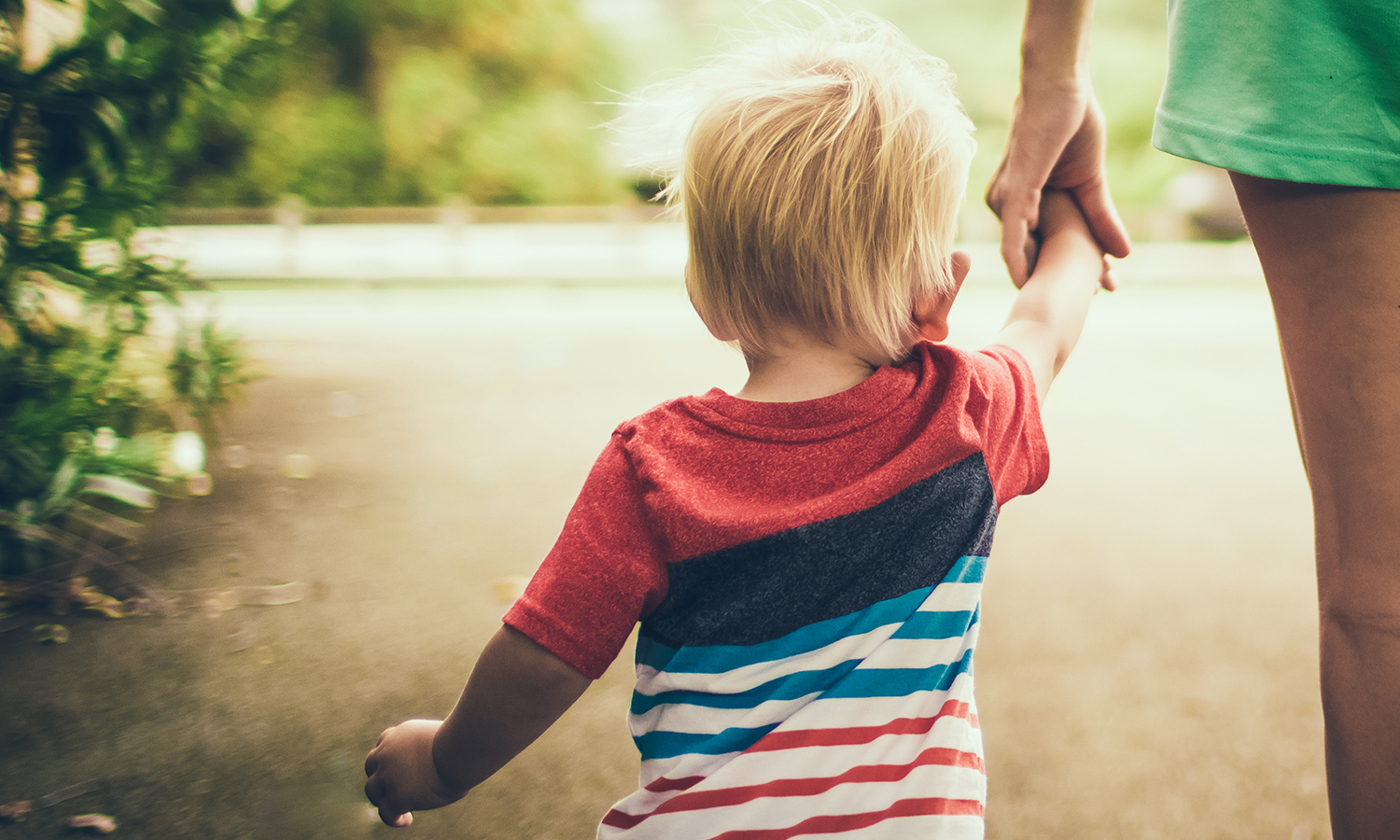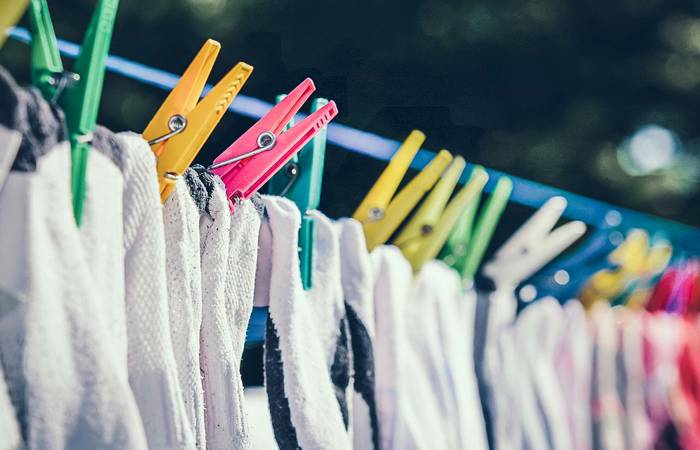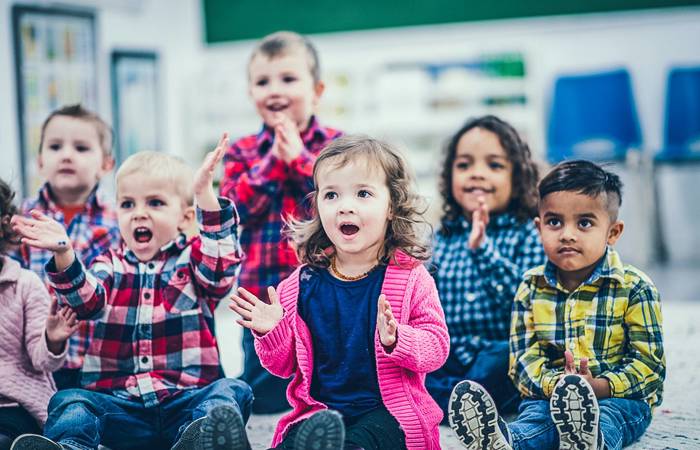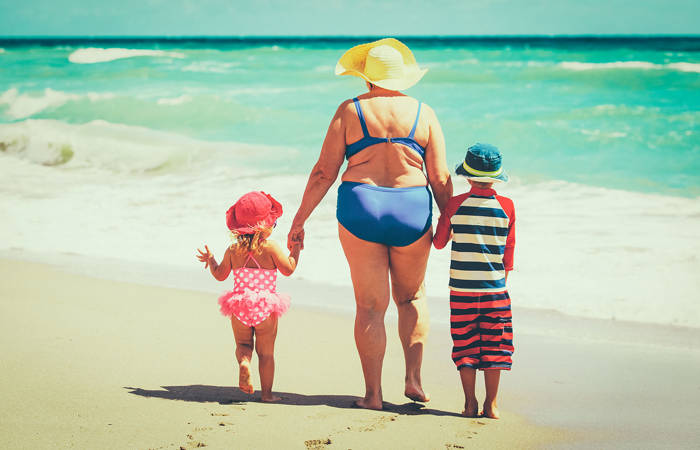Like what you see?
Sign up to receive more free parenting advice.
Thank you for subscribing to our newsletter!
Lifestyle

Credit: iStock.com/kieferpix
When adopting a child, you are providing a permanent home and family, giving a child a sense of belonging and security. Telling your child about their adoption as early as you can will ensure no surprises as they get older.
The way we talk to children about adoption is very important, whether you’re explaining adoption to the adopted child, or to the friend or sibling of an adopted child.
Each adoption story is unique and if we educate children about adoption, teaching them that there are many varieties of families, we’ll ensure there will be more understanding.
Alice Hayes, Senior Case Manager from the Find-A-Family adoption team at Barnados says, for an adopted child, talking about their adoption should be an ongoing dialogue.
“Informing a child about their adoption doesn’t need to be a momentous occasion but an ongoing conversation you have with the child based on their development and understanding. It’s a conversation you can have throughout their life, so that it’s something that’s integrated into their story and their identity as they grow up,” Ms Hayes says.
“The conversation depends on the age of the child when they first came into care and what their understanding of that is. Many of the children in our program often don’t come out with a direct question, such as, ‘What is adoption?’ or ‘Why am I adopted?’ For many young children, the question is more like, ‘How did I come to live with you?’ or ‘Where did I live before?’. For many adopted children, it’s mostly about their individual story.”
It’s not until the age of around five that children might start to ask questions such as, ‘Why don’t I live with my mum and dad?’ or ‘Why do they get to live with their mum and dad?’.Alice Hayes
Stay up to date with the latest news and articles from First Five Years
Thank you for subscribing to our newsletter!
Explaining a child's individual story
One of the roles of an adoption case worker is to support adoptive families by looking at a child’s individual story and find ways to explain to them why they’ve come into care.
Ms Hayes says this can be done in a variety of ways.
“We might use general conversations but with prompts, including games, photos of the birth family, photos of when the child met their adoptive parents, and books that discuss adoption. For some children, we might write a social story for them about why they’ve come into care, or why they can’t live with their ‘tummy mummy’ anymore and why they’re living with their other mother,” Ms Hayes says.
“There have been children I’ve worked with for whom a ‘before, now and after’ life story has been very beneficial. There might be a story about why they’ve come into care, and then a different social story about why the plan for adoption has been chosen. Then there’s another social story that I put together and leave with the parents to show their child in the future, at a time the child starts to ask more questions, and so the parents have more information to have more difficult conversations moving forward.”
Talking to siblings about adoption
When it comes to discussing adoption with the sibling of an adopted child, or a family friend, Ms Hayes suggests that children don’t need a lot of explicit detail.
“Often they just want answers to questions such as. ‘Why are they living with us and not their parents?’ and, ‘Does that mean I’m going to not live with you one day?’ and ‘Will I have to go and live with another family?’. Not only do they want to know where the adopted child came from, but they want to know why the child is joining the family. We’d start by encouraging parents to start pointing out different family types in the community,” Ms Hayes says.
“For example, ‘Not everybody lives with a mum and dad. Some people just live with a mum, some people just live with a dad. Some people live with grandparents, some people live with step parents, some people have two mums, and some people have two dads.’ It’s about showing children that there are lots of different ways families can look.”
Further to this conversation, Ms Hayes suggests talking about the fact that the job of a parent is to keep somebody safe. Children need to know that the ultimate job of a parent is about keeping your child healthy, happy and safe.
“You can tell the child that when a parent tries really hard and can’t keep a child healthy and safe anymore, then they need to find a family who can. And we often talk about a judge who makes that decision, because we don’t want kids to think mums and dads have made that decision; it’s very important for the child who has been adopted and also for the sibling that’s welcoming that child into the family.”
Talking to children under age 5 about adoption
But how much is “too much information” when it comes to talking to children aged five and under about adoption?
According to Ms Hayes, children don’t need too much information and it’s not until a child begins school around the age of five that they start to notice differences between themselves and their peers.
“It’s not until the age of around five that children might start to ask questions such as, ‘Why don’t I live with my mum and dad?’ or ‘Why do they get to live with their mum and dad?’.
Prior to that age, most children are happy with whatever explanation you give them and most of the questions are more about, ‘Am I safe here?’ or ‘Am I going to stay here?’,” says Ms Hayes.
“So much of what underpins our work is open communication. It’s very different today compared to a number of years ago when closed adoption was practiced – today it’s all about ensuring that the children have access to information and access to their identity as they grow older.”
Case study:
When ‘Michelle and Liam’ adopted ‘Marie’, they already had a five-year-old son, ‘Callum.’ They prepared their son for Marie’s arrival, telling him that Marie’s ‘tummy mummy’ and daddy couldn’t look after her and she was coming to live with them.
“I told Callum that he was very lucky because he was getting a baby sister – Marie was 18 months old when she came to us. We let him know that we weren’t able to have another baby (due to medical complications) and we wanted him to have a sister. Most of the questions he asked us were along the lines of, ‘Where’s her real Mummy and Daddy?’ so we were advised to keep the answers very simple and age appropriate. I would just say, ‘She wasn’t very well, so she couldn’t look after Marie and we are very lucky that she was allowed to become part of our family.’ Marie is now three and I’ve told her many times that I am her ‘heart mummy’ but I think she is too young to really understand. Now that Callum is six he is asking more questions, but mostly wanting to know where Marie’s ‘tummy mummy’ is and if we are ever going to meet her. My best advice for other adoptive parents is to always answer the questions and make sure you keep talking about it so it becomes very normal.”
Helpful children’s books about adoption
And That’s Why She’s My Mama by Tiarra Nazario
Some Babies are Adopted by Cindy Walker
Yes I’m Adopted by Sharlie Zinniger
We Belong Together: A story about adoption and families by Todd Parr
A Mother for Choco by Keiko Kasza
Why Was I Adopted? by Carole Livingston
Oliver: A Story About Adoption By Lois Wickstrom







